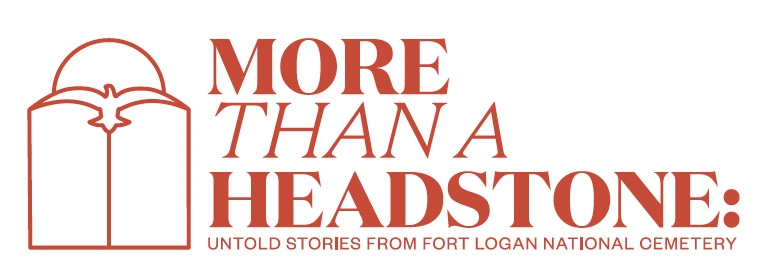Requiem on the Prairie
By Geoffry Monteith
Harry S. Heaney
August 1867 – March 24, 1891
Though he only lived a short twenty-three years, Harry S. Heaney’s life would take him far away from home, and eventually into one of the most lamentable events in the history of the American West – the massacre at Wounded Knee. Born in August of 1867, in Newtown, Pennsylvania to David, a farm worker, and Hannah Heaney, Harry grew up in the immediate aftermath of the American Civil War.[1] In April of 1889, Heaney enlisted in the United States Army, which took him West for service on the Great Plains.[2]
Heaney became a part of the 7th Regiment of U.S. Infantry, one of the five oldest regiments in the United States Army.[3] The regiment earned its “Cottonbalers” nickname from action during the Battle of New Orleans in 1815, and continued a service history which eventually led the unit to Fort Logan, Colorado in the late nineteenth century for service in conflicts with Native American.[4] However, Heaney did not serve as an average infantryman – he was a musician in his regiment.[5] Throughout history, musicians played a role in military matters on and off the battlefield – from keeping up morale and prestige, to communicating orders in the heat of battle.[6] While records do not indicate what instrument Heaney played, he was likely a drummer or a bugler. Each were standard during the era, and even have ceremonial roles today.
Nevertheless, when Heaney joined his regiment in Fort Logan, the young state of Colorado was in its own postbellum era after the recent conclusion of the Ute War in the mid 1880s.[7] In late 1890, Heaney and the 7th departed Fort Logan as a part of the American response to the emergent Native American religious movement known as the “Ghost Dance.” Conflict arose in what would become known as the Sioux War of 1890-1891, or, simply, the Ghost Dance War. Fighting began on December 29th, 1890, with the infamous massacre at Wounded Knee.[8]
Frederic Remington illustration of the Wounded Knee Massacre [14]
Though in actuality the Ghost Dance was a peaceful religious movement – and one which preached numerous modernizing tenets, including working with, and for, whites – many Americans were anxious about the movement’s promised Native American resurgence.[9] Moreover, the movement was especially popular among the Lakota Sioux, who defeated General Custer’s 7th Cavalry at the Battle of Little Bighorn only fourteen years prior. In an attempt to diffuse the perceived threat, the U.S. Army sought to arrest some of the leaders preaching the Ghost Dance. First, the attempted arrest of the famous Sitting Bull resulted in his death; and the later attempt to arrest the leader Big Foot and his band of followers spiraled into the massacre at Wounded Knee on December 29, 1890.[10] More than two-hundred of the Miniconjou Lakota perished in the slaughter; a further thirty American soldiers died, mostly attributed to friendly fire.[11] One should note the 7th Cavalry was the regiment responsible. The Massacre at Wounded Knee was the last large violent engagement between U.S. troops and Native Americans, but regiments continued to disarm and garrison the region for some weeks after.
After the campaign’s conclusion, Heaney and the 7th Infantry returned to Fort Logan in January of 1891.[12] Shortly thereafter, Heaney contracted a severe case of pneumonia. He died on March 24th, 1891, as a result of pleurisy and pneumonia.[13] A musician, he nevertheless died far away from Newtown, Pennsylvania in the service of the United States. One can only speculate as to the major details of his life, but the few surviving records which bear the name “Harry S. Heaney” reflect a story common in American history. He died young, not in battle, but of disease, after just returning from a dreadful episode in the history of the nation he served. Harry S. Heaney was not yet twenty-four years old when he was laid to rest in the then Fort Logan cemetery yard – now Fort Logan National Cemetery.

![Frederic Remington illustration of the Wounded Knee Massacre [14]](https://images.squarespace-cdn.com/content/v1/5cdee20d61310c0001c2cbbe/1604679877656-JPLJE1YFTBVKYU8SRCCV/hith-the_opening_of_the_fight_at_wounded_knee_by_frederic_remington_1891-2.jpg)









